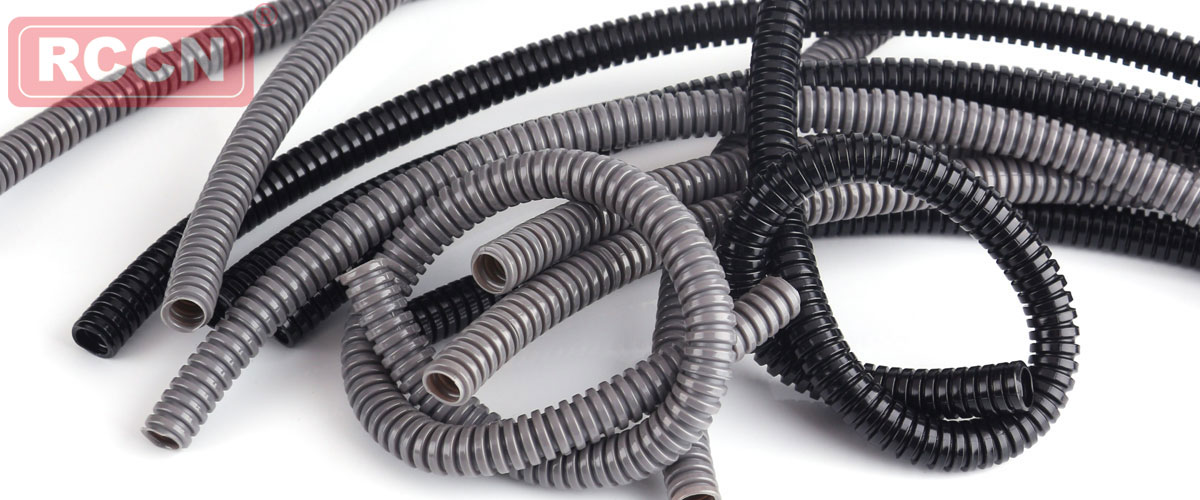end drives the pointer to directly indicate the pressure. Bellows are often combined with displacement sensors to form a pressure sensor that outputs electricity, sometimes as an isolation element. Since the bellows stretch requires a large volume change, its response speed is lower than that of the Bourdon tube. The bellows is suitable for measuring low pressure.
Plastic bellows (PA, PE, PP), widely used in the machine tool and electric box control cabinet wiring connection, and plastic quick connector. Product specifications are AD7.0, AD10.0, AD13.0, AD15.8, AD21.2, AD25.0, AD28.5, AD34.5, AD42.5, AD54.5, color black ash and natural color, etc. The products are beautiful, light and durable, and are widely used in automotive wire harnesses, electronic and mechanical wire harnesses, etc., replacing the original PVC and metal sheathed products, and becoming a widely used wire harness sheathing product on the market.
There are two kinds of plastic corrugated pipes, one is completely airtight and watertight, such as propellant conveying for carrier rockets, gas and water heaters; the other is continuous winding with strips, and ordinary winding corrugated pipes are used. Protection cables, such as magnetic card telephones, machine tools, and the bellows of the desk lamp are clamped into the wire during the production process.
(1) Hydroformed bellows Hydroforming is the most common method of forming bellows. With the liquid pressure in the tube blank, the tube blank bulges in the confinement ring until yielding occurs in the hoop direction, and then the tube blank is compressed to the desired length. Small diameter bellows are mostly used in this way.
(2) Roll forming bellows roll forming process is mainly used for processing large bellows. It is formed by roll forming of forming wheel set in the tube blank. It can be formed by single wave rolling. Some devices can also be formed into several ripples at one time. .
(3) Mechanical bulging bellows The tires that are expanded inside the tube blank are expanded into corrugations one by one. After initial forming, they are custom-made with internal and external boring. (4) Welded bellows For the bellows with excessive wave height or special waveform, the stamping welding process is often used. When the wave height exceeds the limit, the material elongation has not been allowed to adopt the integral forming process, or the welding is formed because the waveform is complicated and the overall forming is extremely difficult. Such bellows are not suitable for the flexible section of the expansion joint because they cannot withstand internal pressure.
(5) Deposition of the bellows This process uses electrodeposition to deposit the bellows material onto the mandrel and then etch the mandrel. This bellows material is a very soft, pure nickel metal material that is non-porous and therefore resistant to high vacuum and can be welded. It is not advisable to use such a bellows for the flexible section of the expansion joint because the cost is too high and it is limited to nickel.
Classified by number of layers
(1) Single-layer bellows A single-layer corrugated view is used for the bellows that compensates for displacement under static load, which is simple to manufacture and low in cost. Under the premise of ensuring the pressure capacity, compensation amount, stiffness and fatigue life required by the design, a single layer of bellows should be preferred.
(2) Multi-layer corrugated pipe For the pipeline subjected to alternating load or more important, more than two layers of multi-layer corrugated pipe are selected. Compared with the single layer, the stiffness is small and the fatigue resistance is good under the same bearing capacity.
















 RCCN WeChat QrCode
RCCN WeChat QrCode Mobile WebSite
Mobile WebSite
